How Long Do Human Hair Wigs Last? Tips & Lifespan Guide
How long do human hair wigs last, and what shortens or extends their lifespan? Get care tips and signs to know when it’s time to replace your wig.
Are you considering buying a human hair wig? Or do you already own one and wonder how long it will stay beautiful? A common concern for wig buyers is durability. You want to know you're making a good investment.
Human hair wigs are known for their natural look and high quality. But their lifespan depends on how well you care for them.
Explore the average lifespan of these wigs, the factors that influence their durability, and essential care tips to keep them looking fabulous for years. Get ready to dive into the world of human hair wigs and discover how to make the most of your investment!
Let's get started!
Are Human Hair Wigs Worth It?
Human hair wigs are an investment in your style and confidence. While they cost more than synthetic wigs, they offer benefits that make them worthwhile. Human hair wigs look and feel like your own hair, giving you a natural appearance that's hard to match.
One of the biggest advantages of human hair wigs is their styling flexibility. You can use heat tools like straighteners and curling irons to create different looks. Also, human hair wigs are durable and can last for years with proper care. This makes them a smart choice for medical use, fashion, or everyday wear.
When deciding if a human hair wig is right for you, think about your budget and how often you'll wear it.
Average Lifespan Of A Human Hair Wig

A human hair wig typically lasts from 1 to 3 years. However, its lifespan depends on how often you wear it. If you wear it daily, it may only last 1 to 1.5 years due to constant wear and styling. If you wear it occasionally, it can last 2 to 3 years or even longer.
Higher-quality wigs, like those made with Remy hair, usually last longer. This is because Remy hair has all the cuticles aligned in the same direction. This makes the hair stronger and less likely to tangle. In contrast, synthetic lace wigs only last for about 4 to 6 months. Investing in a human hair wig means investing in long-term beauty and versatility.
Factors That Affect The Longevity Of Human Hair Wigs
Many things affect how long a human hair wig lasts. Even if your wig is made from high-quality human hair, you need to care for it properly. Here are the key factors that impact its lifespan:
Hair Quality
The quality of the hair is a major factor in how long a wig lasts. There are two main types of human hair used in wigs:
In Remy hair, all the cuticles are aligned in the same direction from root to tip. This keeps the hair smooth, tangle-free, and durable. Remy hair is more expensive but lasts longer and looks better.
In non-Remy hair, the cuticles are not aligned. This can cause tangling and make the hair less durable. Non-Remy hair is cheaper, but it doesn't last as long as Remy hair.
Premium-grade hair, such as virgin Remy hair, can significantly increase the wig's lifespan if cared for properly. Virgin hair is hair that has not been chemically treated.
Cap Design
The wig cap is another important factor in a wig’s lifespan. The cap design affects comfort, breathability, and durability. Common cap constructions include:
-
Lace front wigs have a sheer lace panel at the front hairline. This creates a natural-looking hairline. However, the lace can be delicate and needs careful handling.
-
Monofilament wigs have a fine mesh panel at the crown. This allows for natural movement and styling flexibility. Monofilament caps are more durable than lace caps.
-
Full lace wigs have a lace cap all around the head. This allows you to part the hair anywhere and style it in many ways. Full lace caps are versatile but require careful maintenance.
Well-made caps maintain their shape better over time. This reduces strain on the hair and extends the wig's lifespan.
Frequency Of Use
How often you wear your wig affects how long it lasts. Wigs worn daily wear out faster than those used occasionally. Daily wear leads to more friction, sweat, and styling, which can damage the hair and cap.
For example, a wig worn daily may only last 1 to 1.5 years. A wig worn occasionally may last 2 to 3 years. Rotate between multiple wigs to extend their lifespan and reduce daily wear.
Styling And Heat Exposure
Using heat tools like straighteners and curling irons can damage the hair shafts. This leads to dryness and breakage over time. Frequent heat styling can shorten your wig's lifespan. Limit heat styling to maintain softness and shine. Use heat protectants before applying heat to the hair. Opt for heatless styling methods, like rollers or braids, whenever possible.
Product Usage
The hair care products you use also affect wig longevity. Harsh products with sulfates or alcohol can dry out the hair and cause damage. Choosing sulfate-free, wig-safe products is essential for maintaining the hair's health. Avoid product buildup, which can weaken the hair and cause tangling. Use a clarifying shampoo for human wigs occasionally to remove residue. Rinse thoroughly after washing to prevent product buildup.
Environmental Exposure
Exposure to sun, humidity, rain, and pollution can damage the hair and scalp structure. Sun exposure can cause fading, while humidity can lead to frizz. Rain and pollution can deposit dirt and grime on the hair, making it look dull.
Protect your wig by wearing a hat in harsh sun. Store your wig away from moisture and dust when not in use. These protective practices can help your wig last longer.
How To Extend The Life Of Your Human Hair Wig
Taking good care of your human hair wig can extend its lifespan and keep it looking beautiful. Here are some easy-to-follow tips:
-
Wash your wig every 1-2 weeks using a sulfate-free shampoo and conditioner.
-
Detangle your wig gently with a wide-tooth comb before and after washing.
-
Brush your wig using a wig brush to prevent tangling and frizz.
-
Store your wig on a wig stand or in a satin bag to maintain its shape.
-
Limit heat styling and always use a heat protectant.
-
Handle your wig gently to avoid pulling or stretching the cap.
Consistent maintenance can add months or even years to your wig’s life.
What Are The Signs To Replace Your Wig?
Knowing when to replace your human hair wig is important for maintaining a natural and healthy appearance. Here are some common signs that indicate it’s time for a new wig:
Shedding & Tangling
Shedding and tangling are early signs that your wig is wearing out. Some shedding is normal, but noticeable clumps or daily tangling that doesn’t improve with care means the hair quality is declining.
When the hair starts to shed excessively, it becomes thinner and harder to style. Persistent tangling makes the wig look messy and can cause further damage. If you can’t manage the shedding or tangling, it may be time to replace the wig.
Changes To The Texture Of The Hair
Changes in texture, like roughness, dryness, or loss of shine, mean the wig hair is damaged. These changes make styling difficult and indicate the hair strands have weakened.
If the hair feels brittle and doesn’t respond to conditioners or oils, it’s likely beyond repair. These texture changes affect the overall appearance of the wig, making it look unhealthy. Replacing the wig is often the best option.
Changes In The Wig Cap
Wear and tear in the wig cap can affect the fit, comfort, and lifespan of the wig. A damaged cap compromises the wig's security and support. Look for loosening, tears, or fraying in the cap. These issues can cause the wig to slip or feel uncomfortable. While professional repairs may extend the life of the cap, significant damage signals it’s time to replace the wig.
Real Human Hair vs. Synthetic: Which Lasts Longer?
Human hair wigs and synthetic wigs differ in longevity and care. Typically, human hair wigs last between 1 to 3 years, depending on their quality and usage. Higher-quality versions, like Remy hair, often last longer due to their superior structure and care. Regular maintenance can significantly extend their lifespan, making them a worthwhile investment for many users.
In contrast, synthetic wigs have a shorter lifespan, usually lasting about 4 to 6 months. While they are more affordable and easier to maintain, they lack the durability of human hair wigs. Frequent wear and styling can further reduce their longevity.
Here’s a quick comparison:
|
Feature |
Human Hair Wig |
Synthetic Wig |
|
Average Lifespan |
1–3 years |
4–6 months |
|
Styling Flexibility |
Yes (heat-safe) |
Limited |
|
Care Requirements |
High |
Low |
|
Natural Look |
Very high |
Moderate |
As you can see, human hair wigs offer a longer lifespan and more styling flexibility, making them a worthwhile investment.
Final Thoughts
The lifespan of a human hair wig varies based on quality, care, and how often you wear it. High-quality wigs and proper care will help you maximize their lifespan. Invest in a good wig and follow the tips in this guide to keep it looking its best. With proper maintenance, your wig will provide great value and style for years. Explore our collection of human hair wigs at Apex Hairs and find the perfect wig for you!


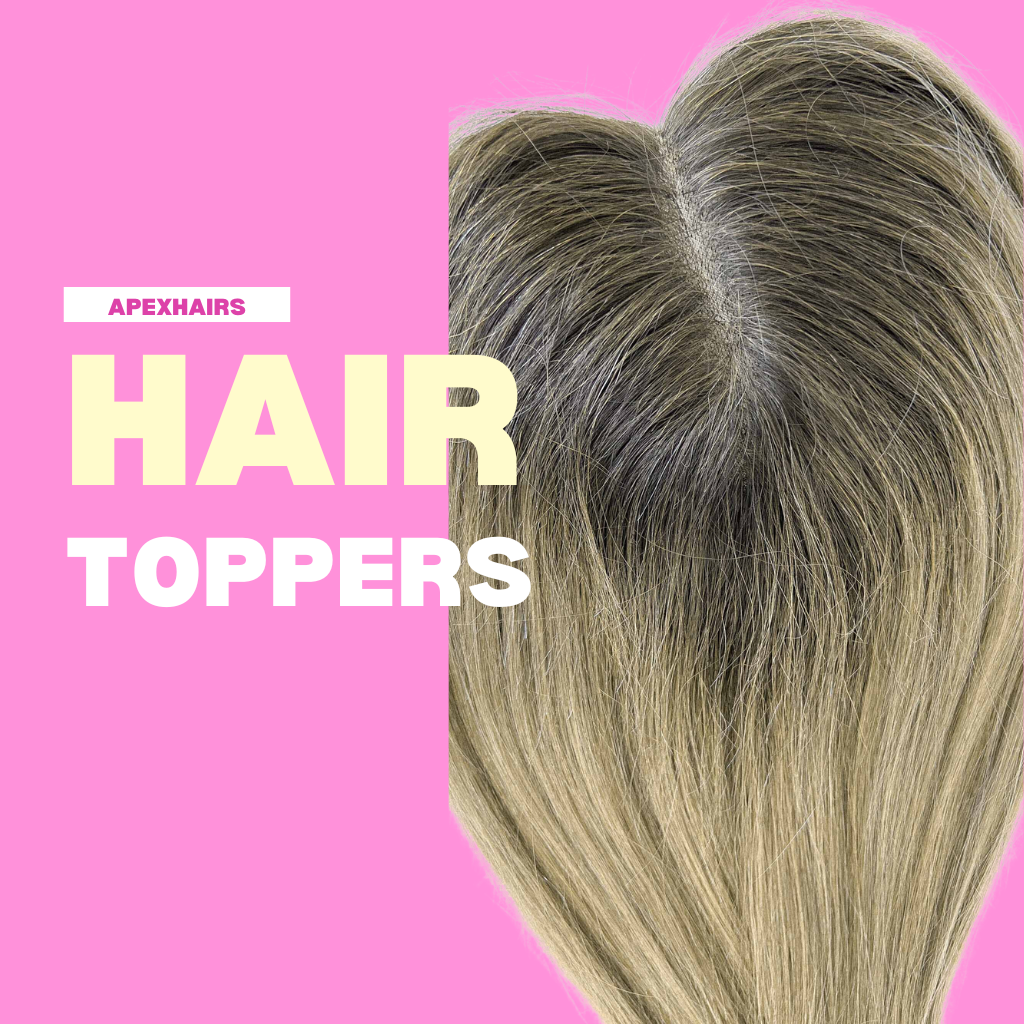
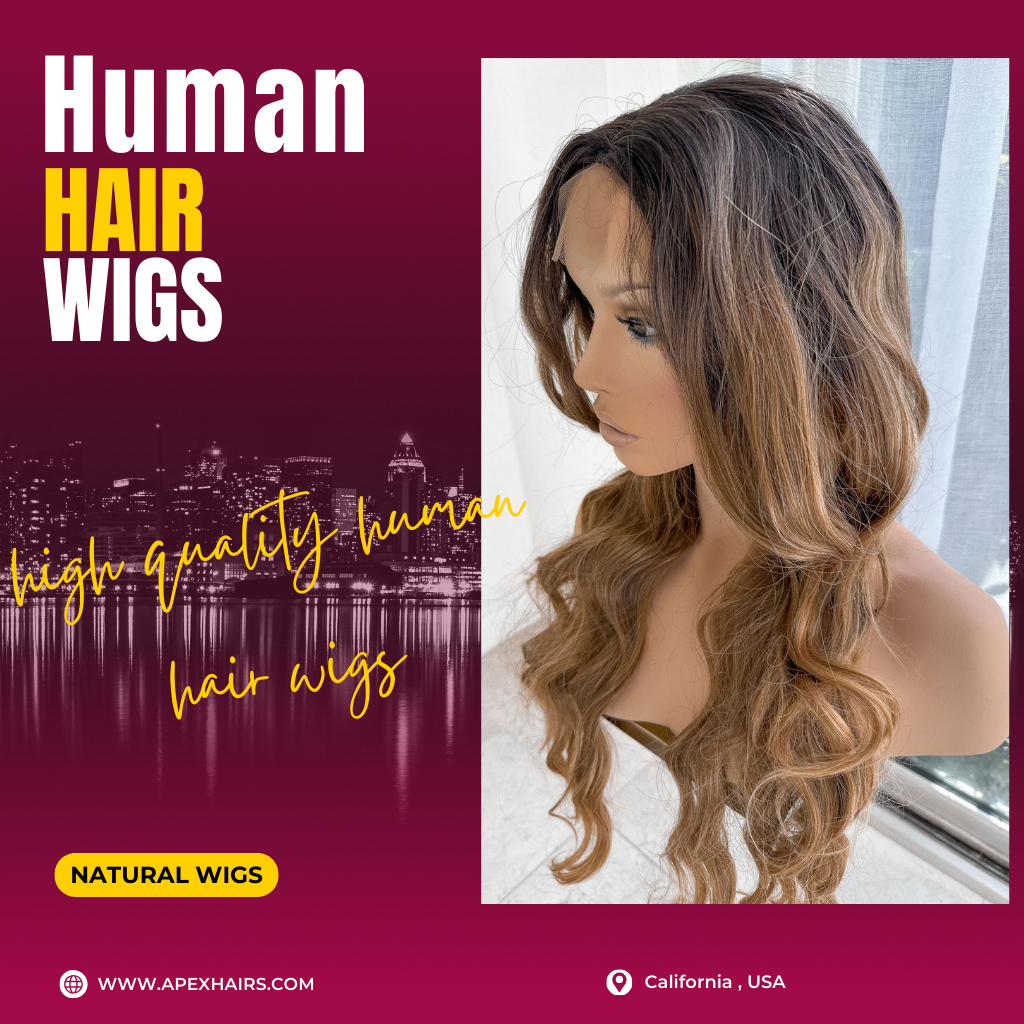

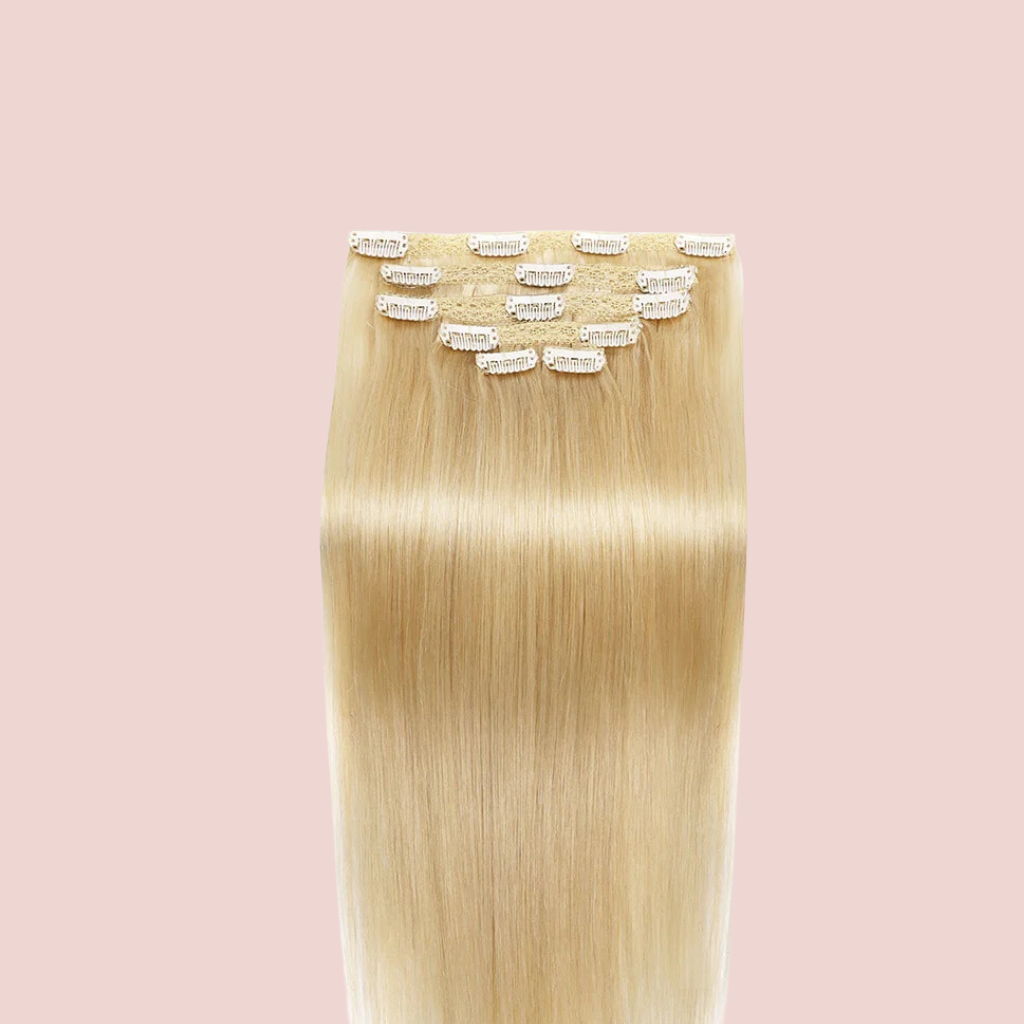
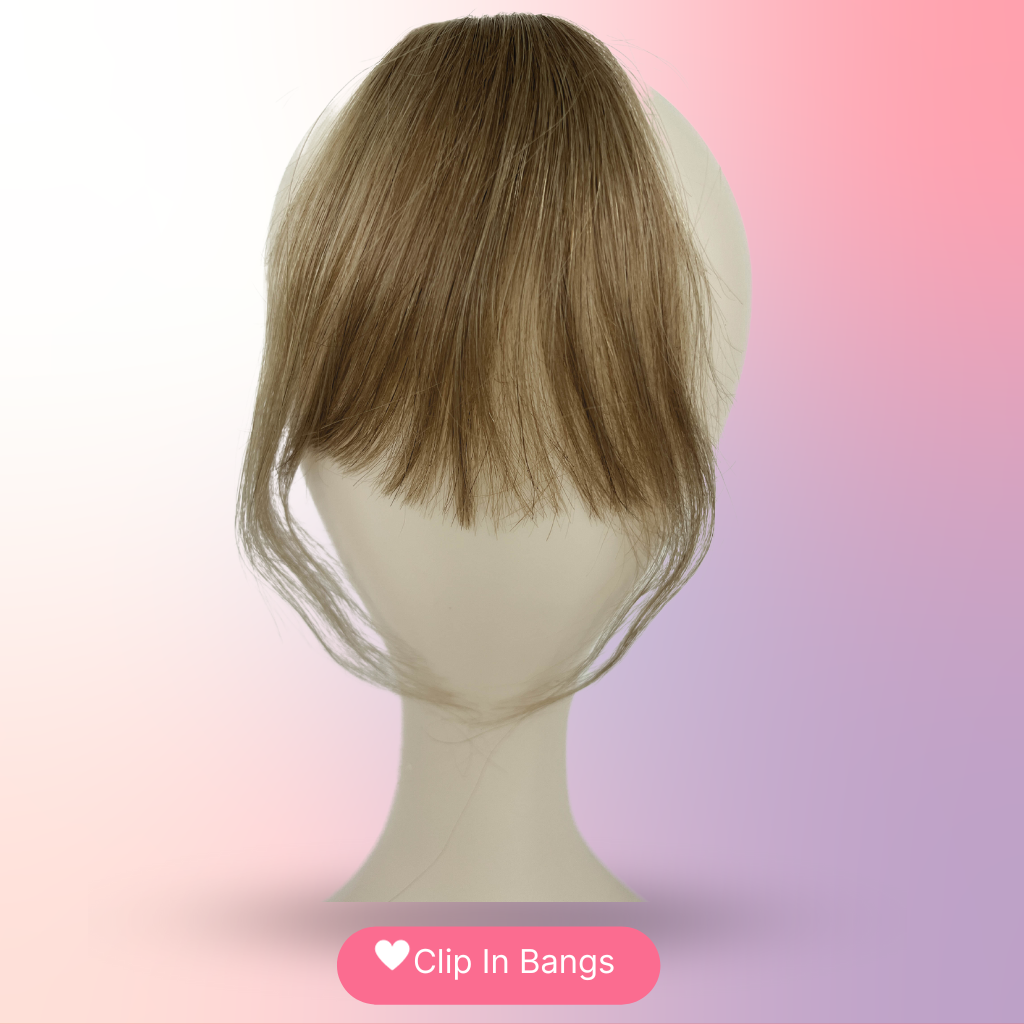
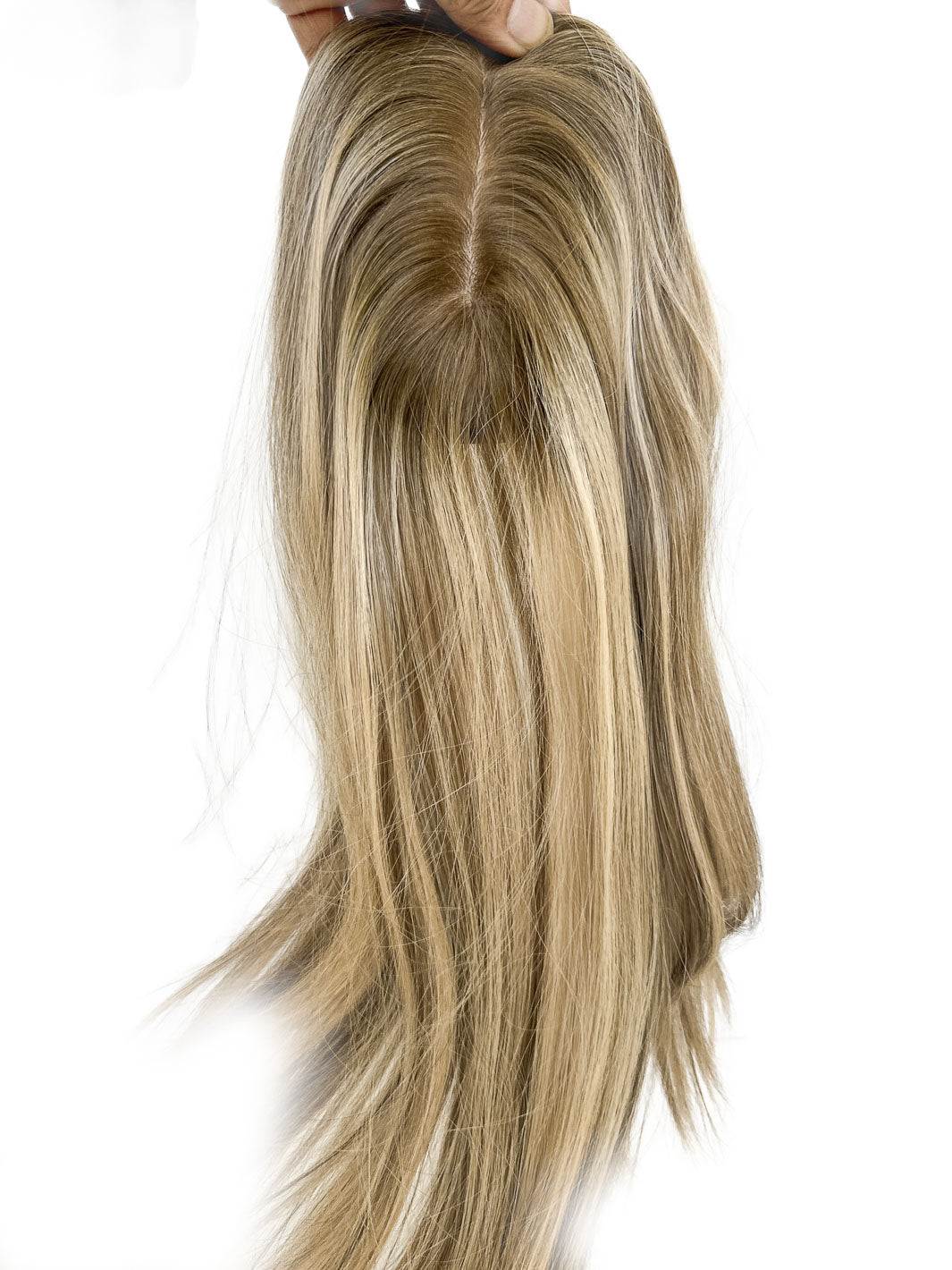
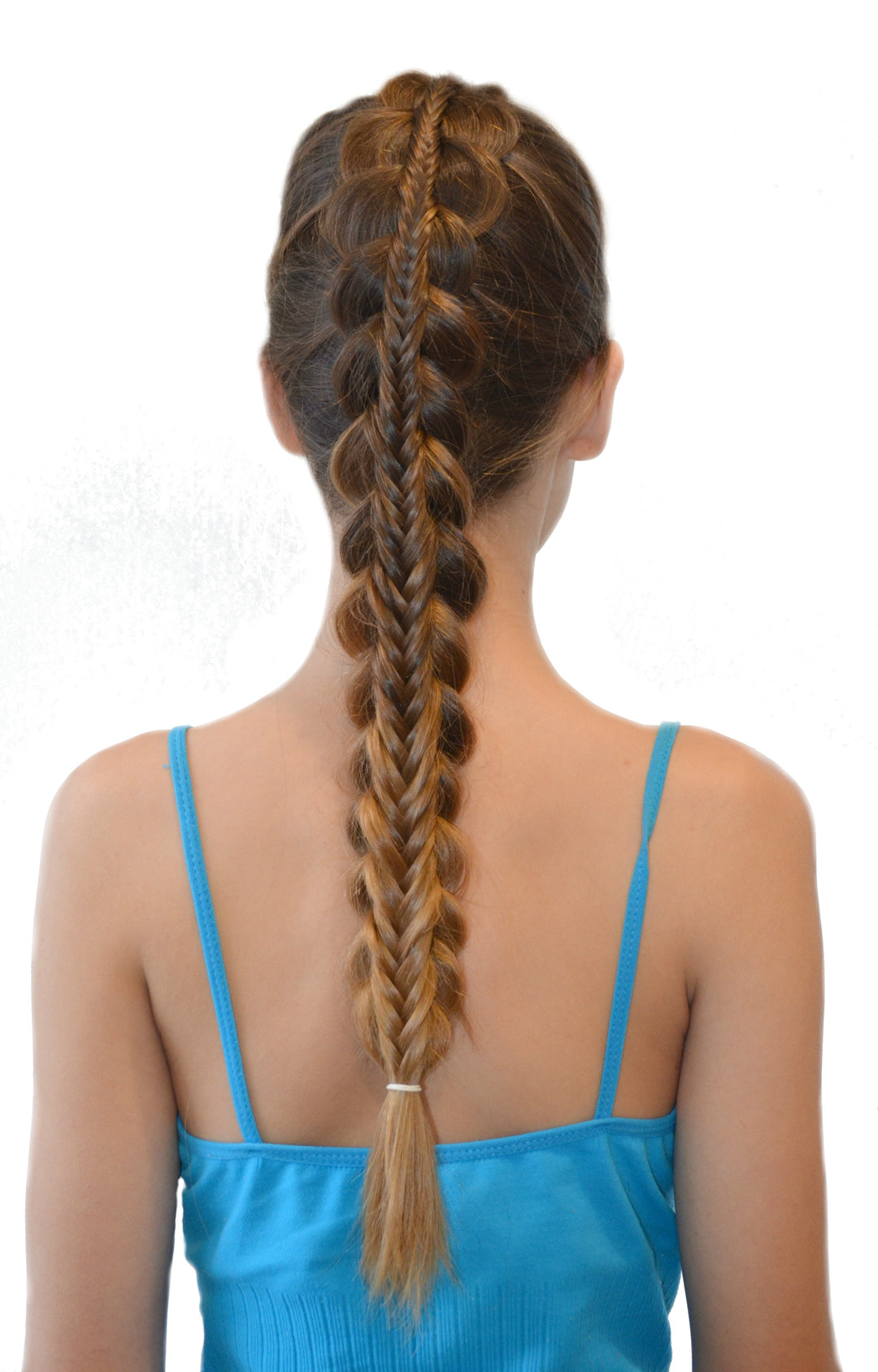
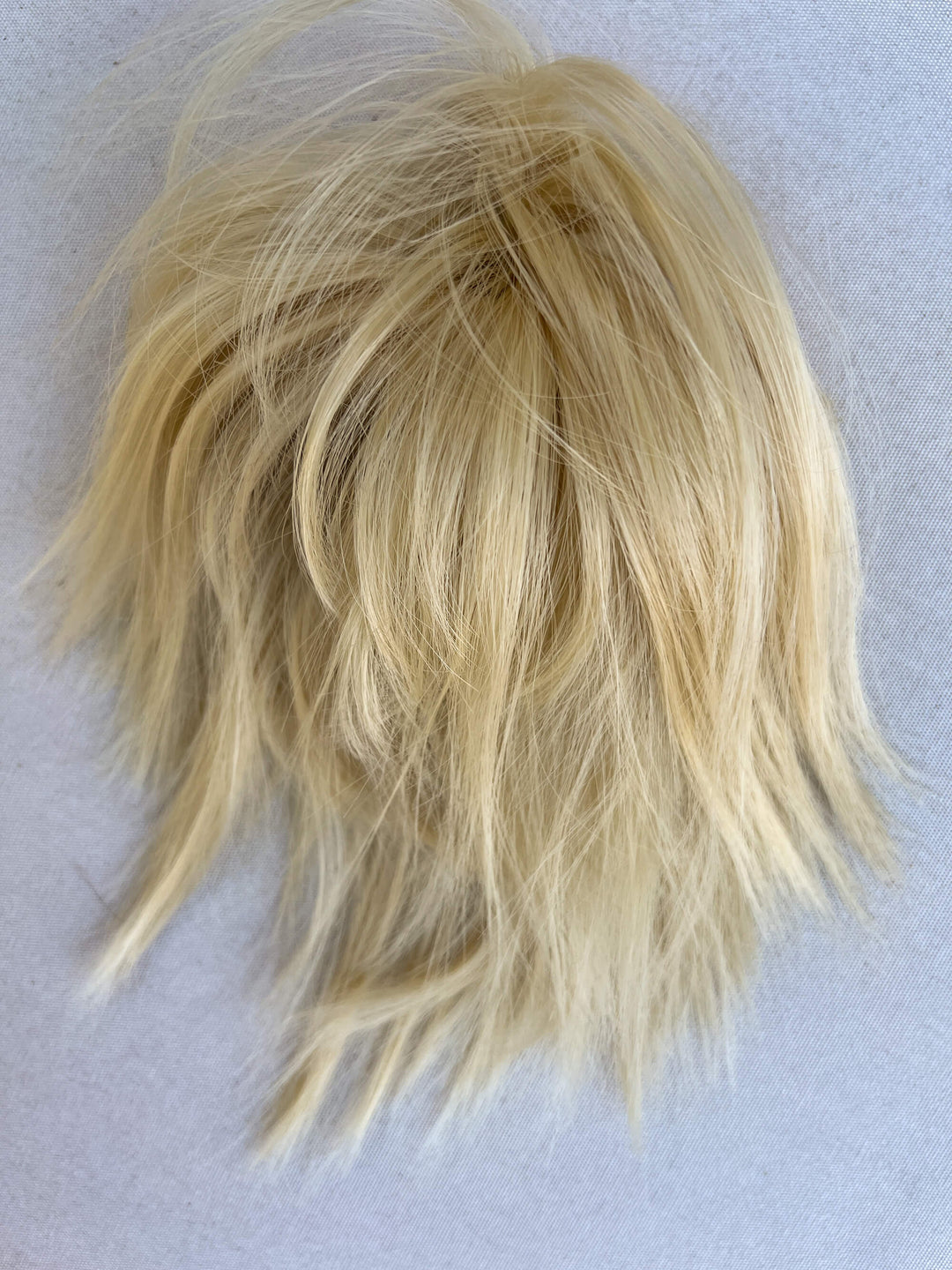
Leave a comment